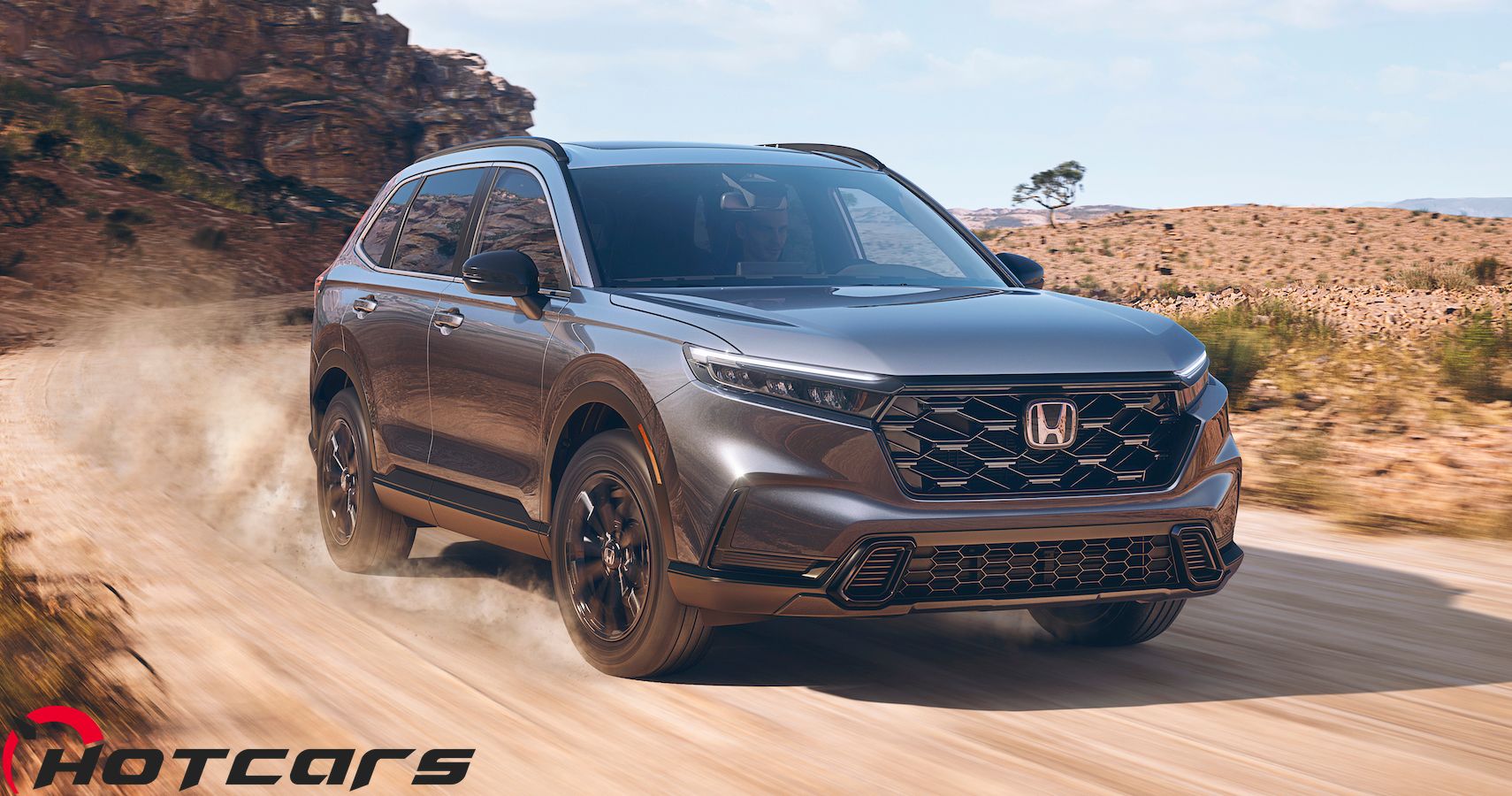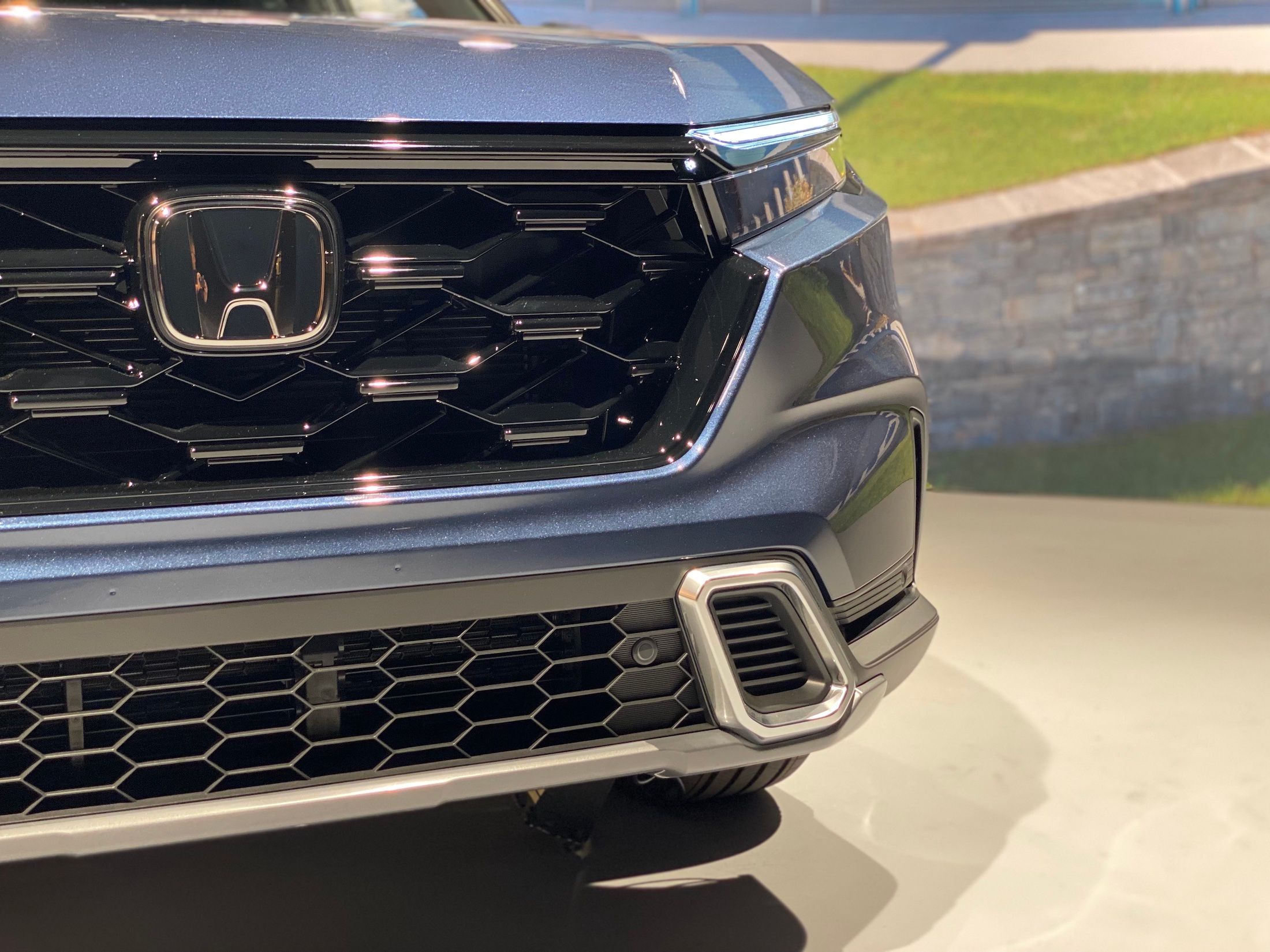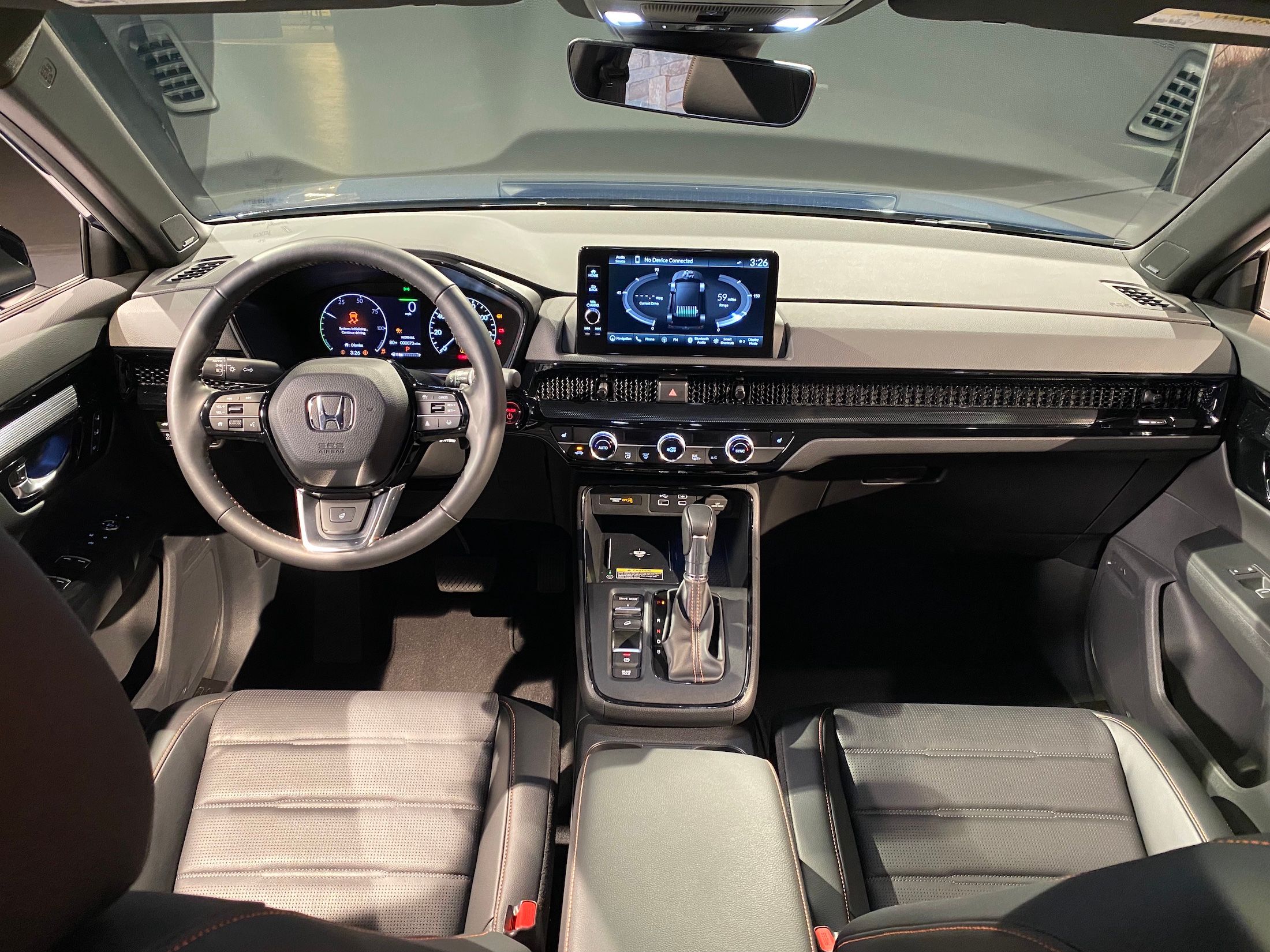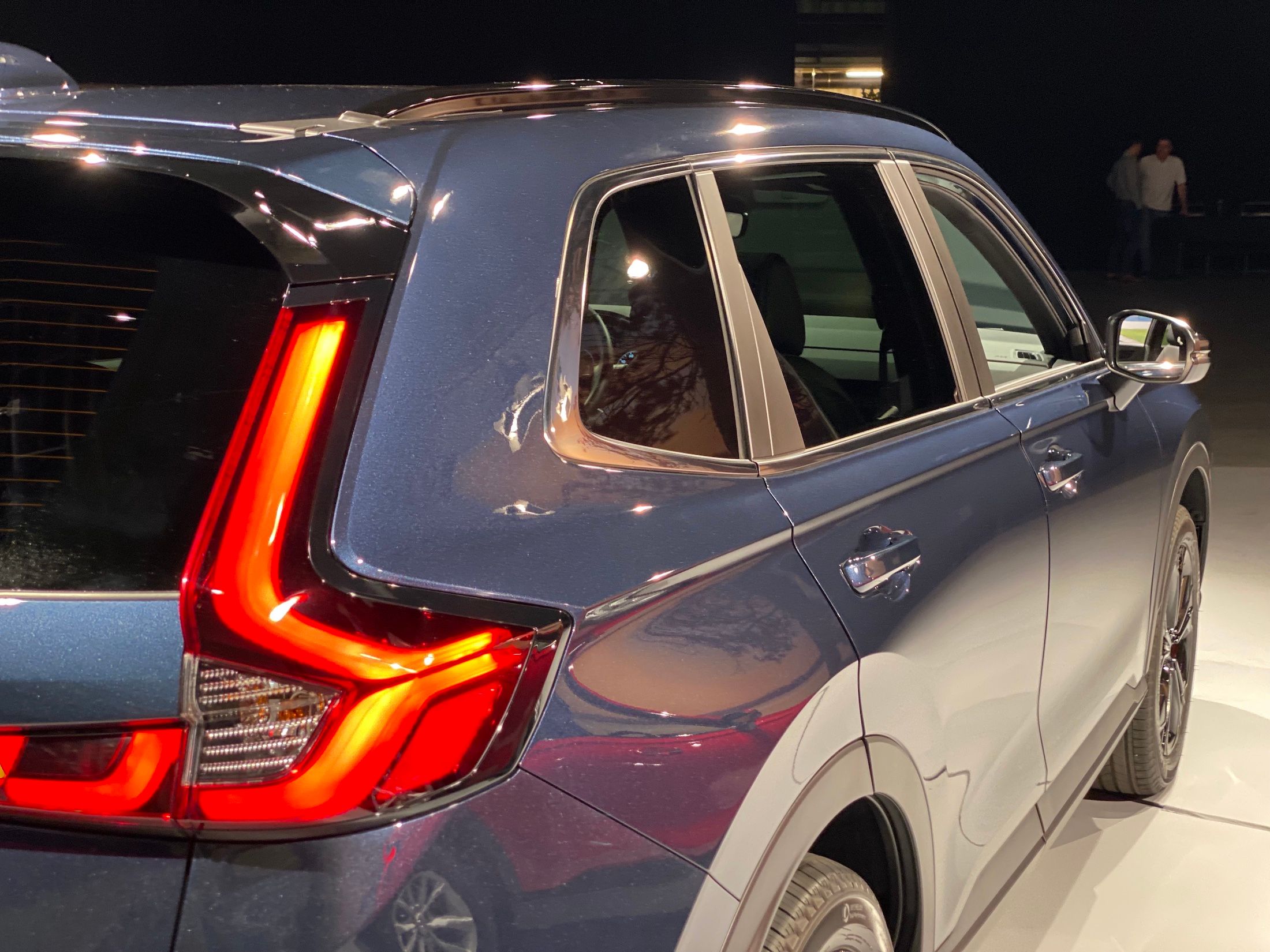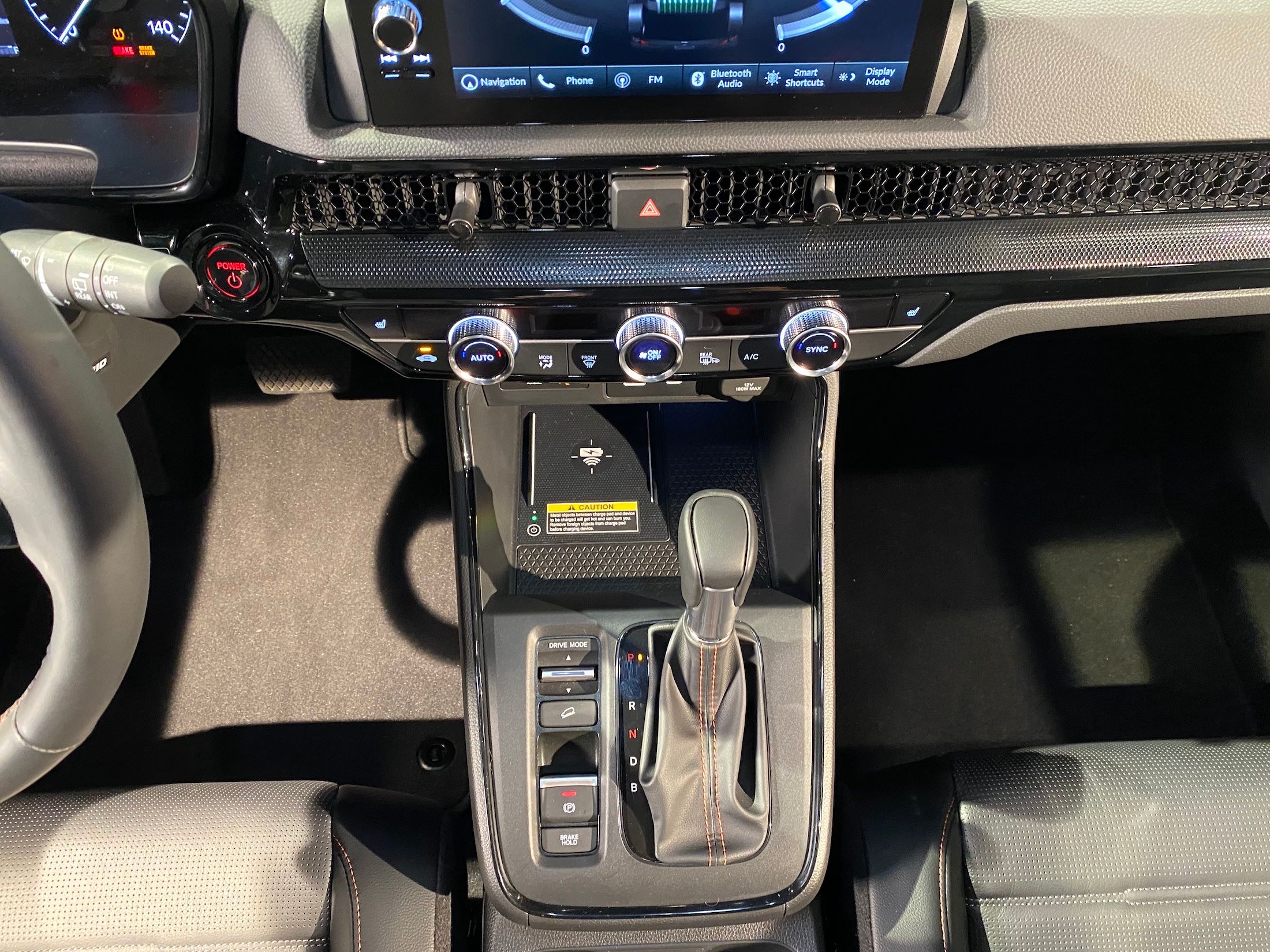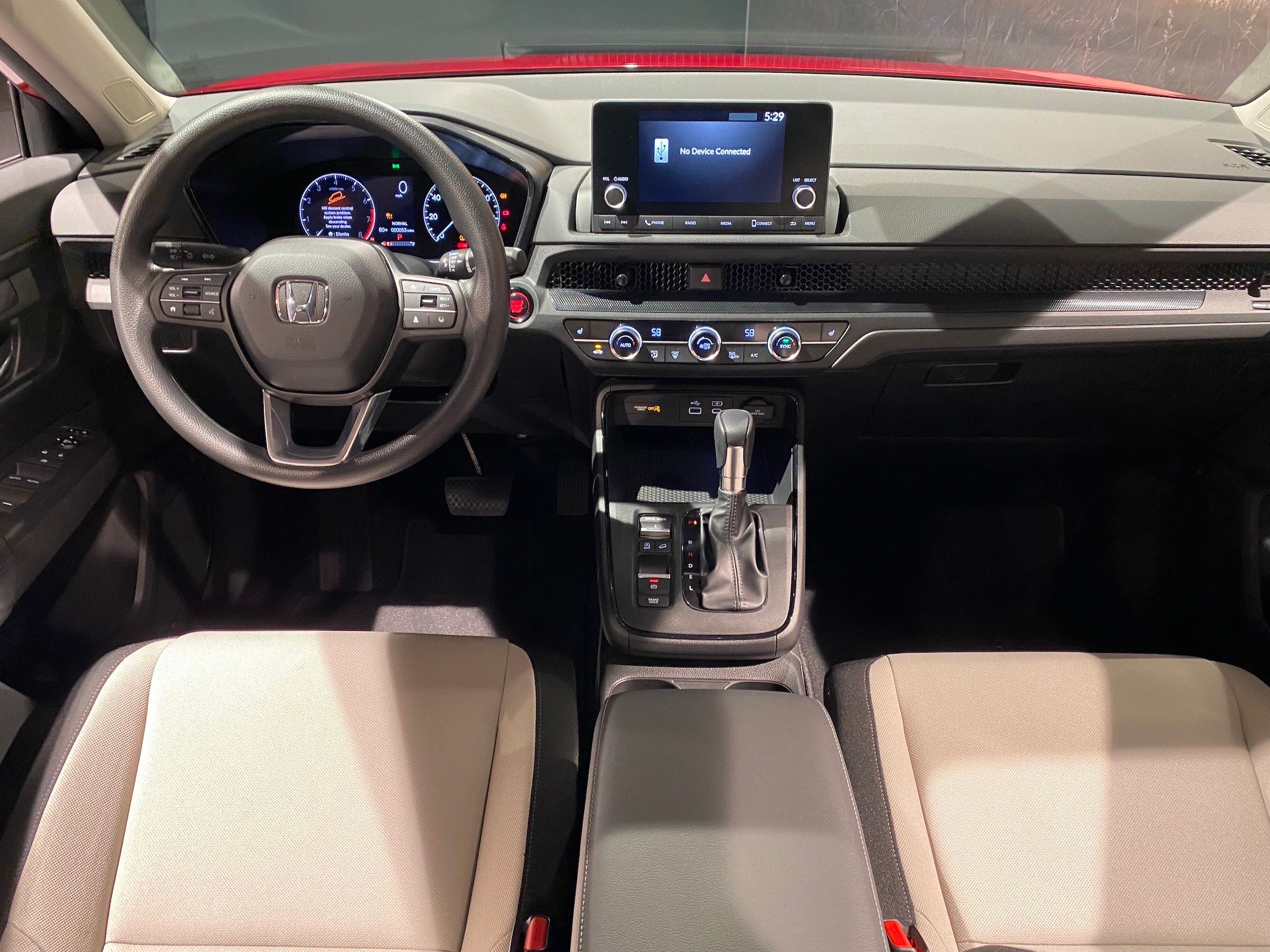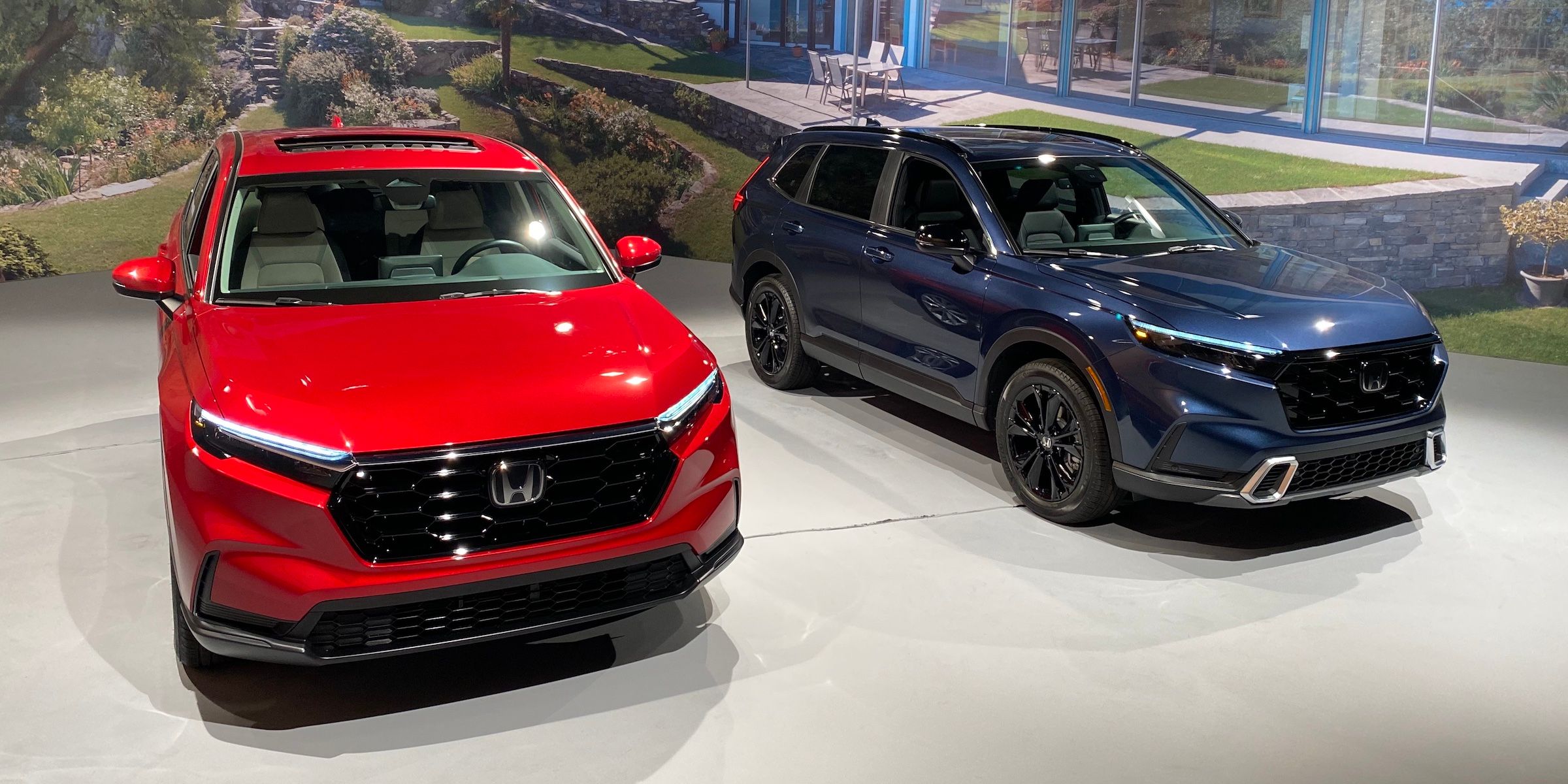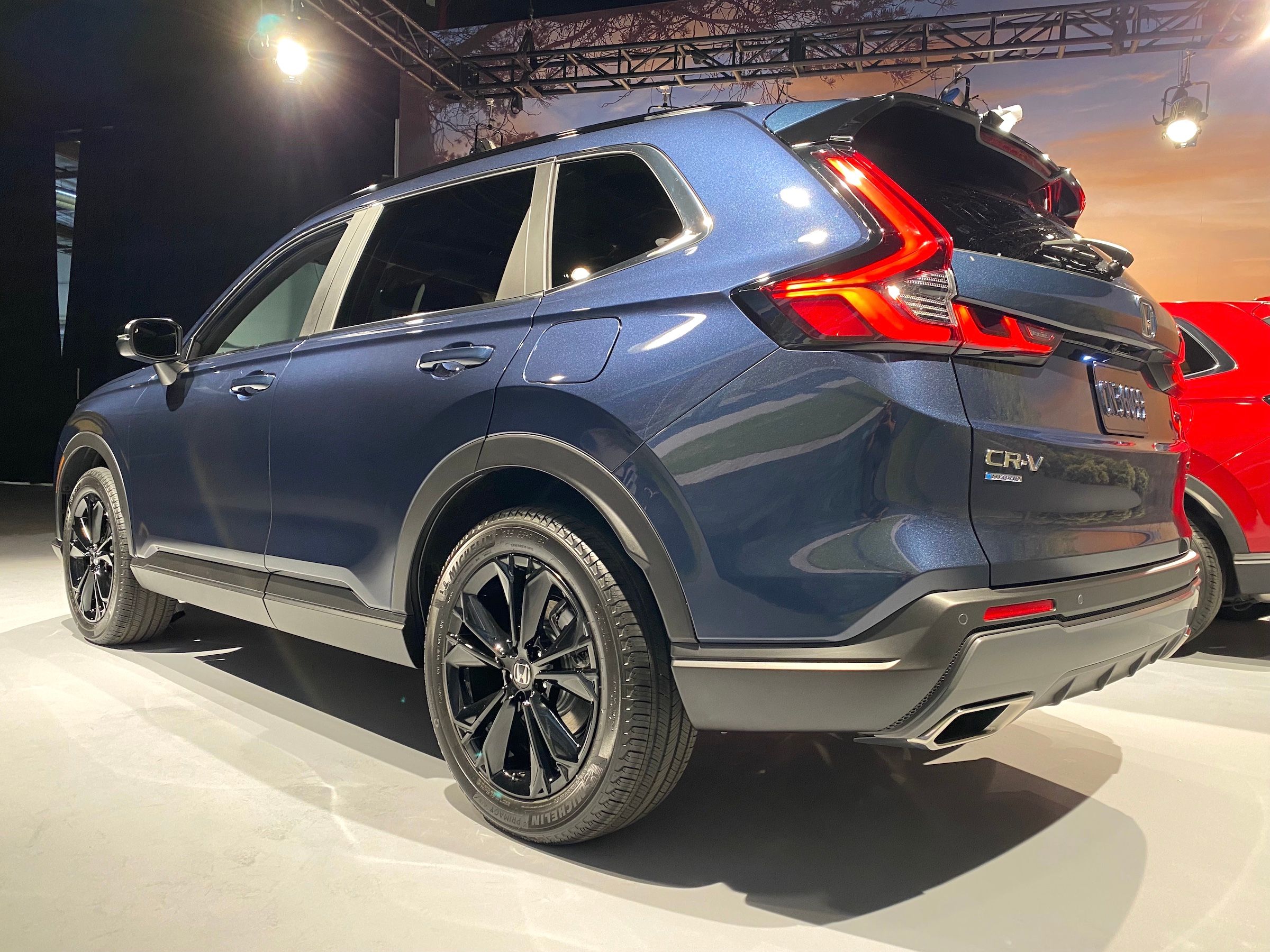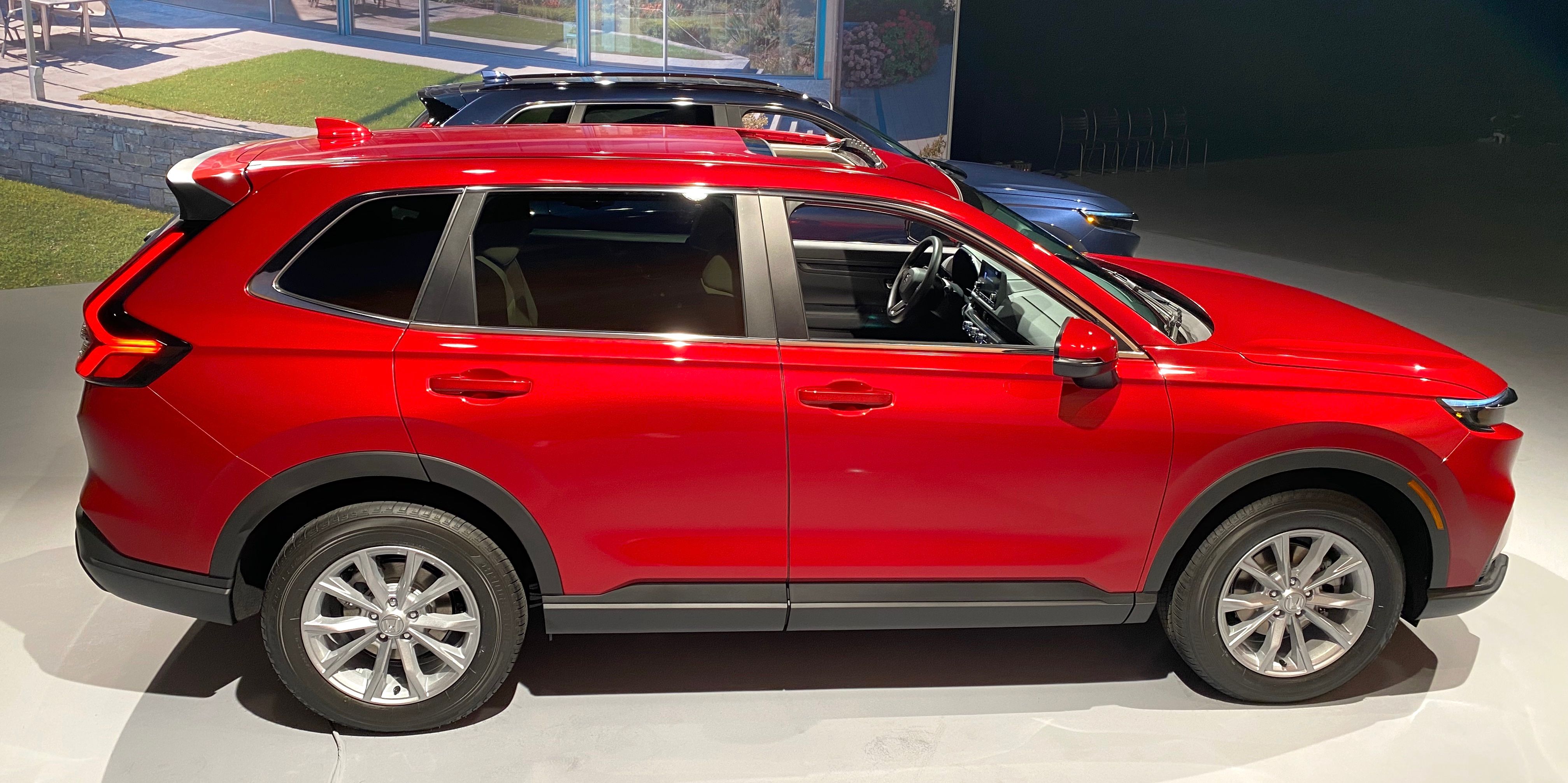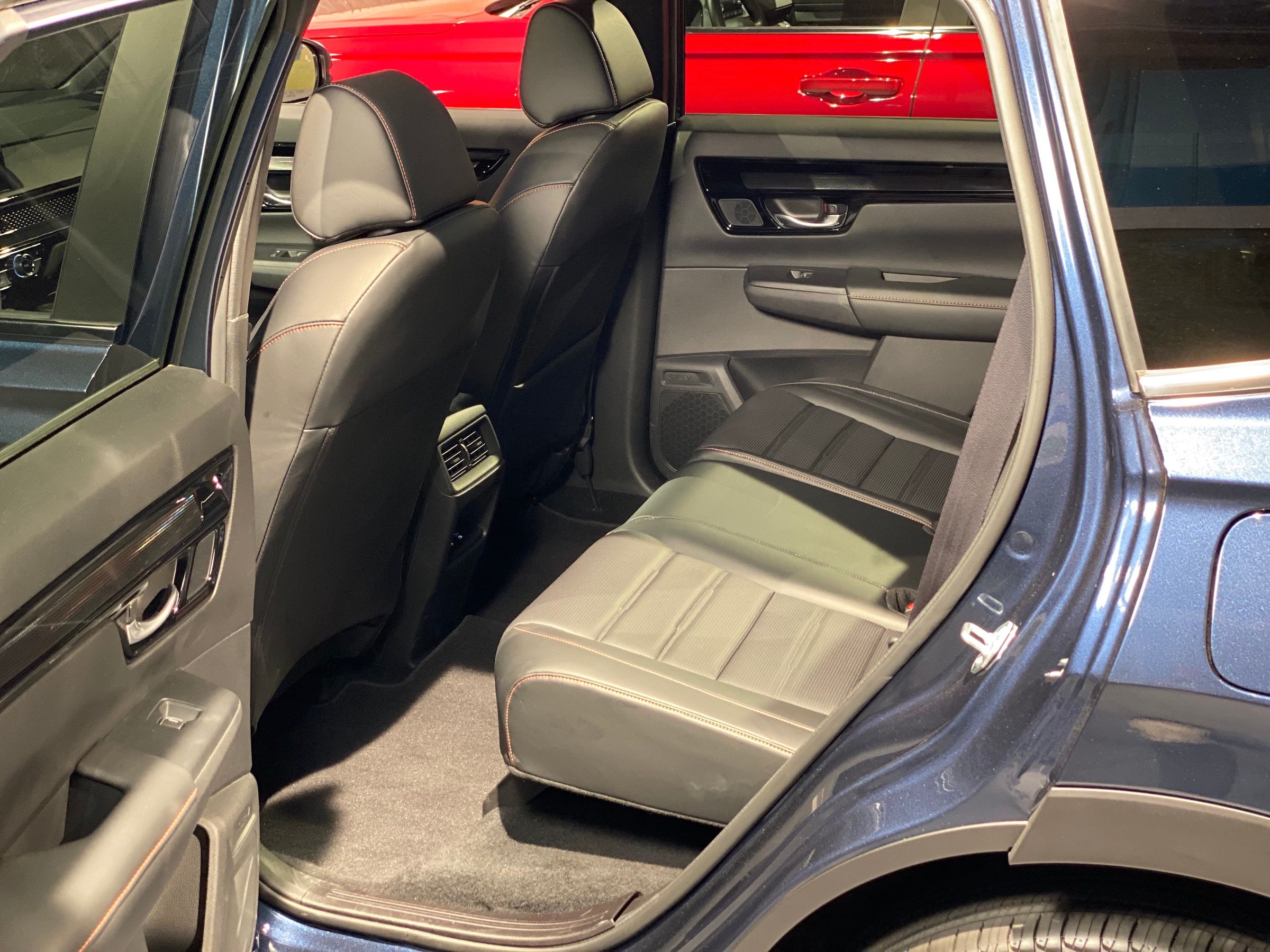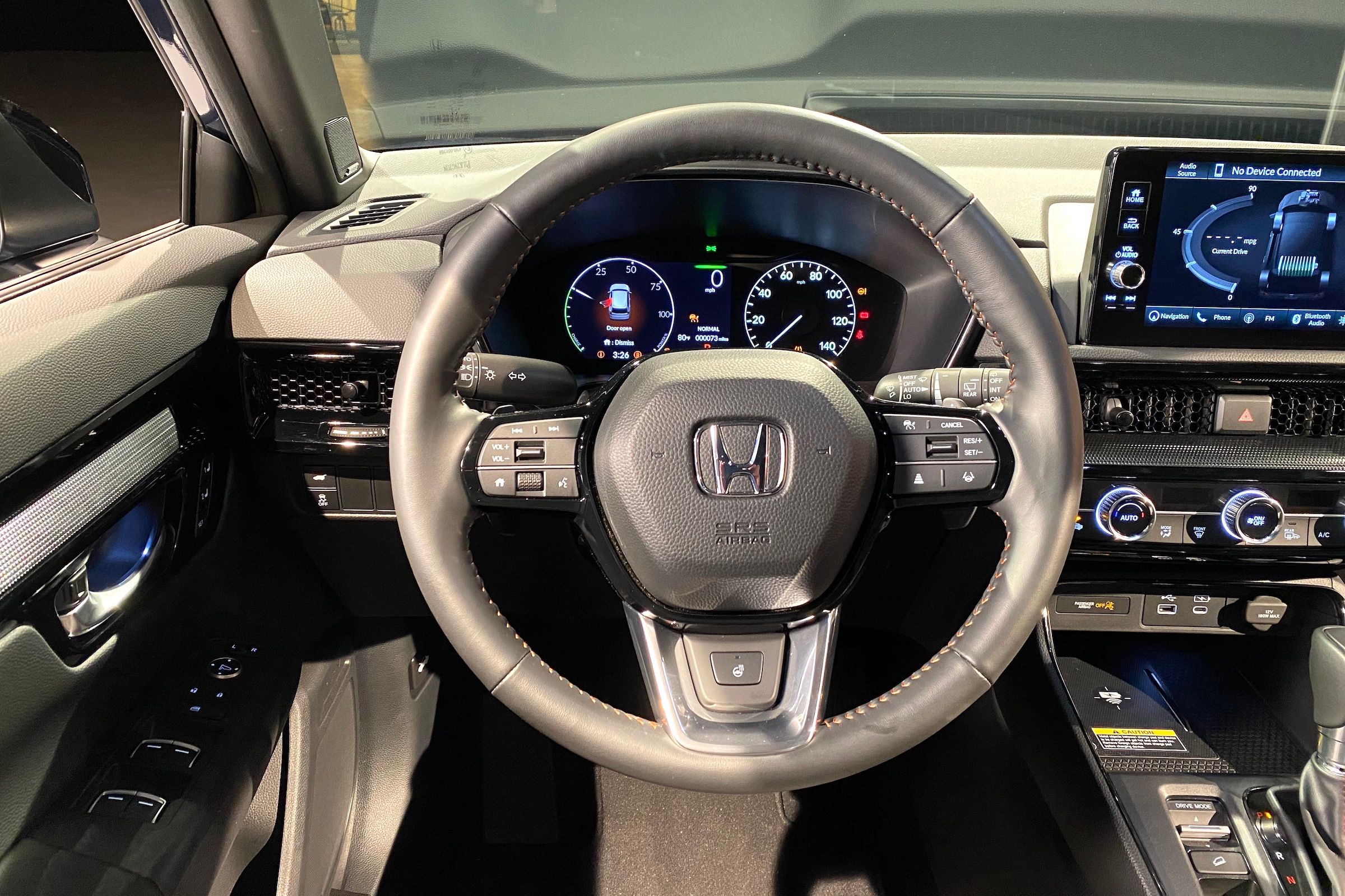Honda first introduced the CR-V to North America back in 1997, just as the crossover SUV market was taking shape. An early adopter of a modern unibody design, with double-wishbone front and multi-link rear suspension, the CR-V crossover offered similar efficiency, handling, and comfort to a compact car with the space of a full-size sedan. Still, few at Honda would have predicted its humble SUV would quickly outperform its two sales juggernauts, the Accord and Civic. Honda claims the CR-V is the most popular SUV (compact or otherwise) to date, based on US retail sales, and if you don’t own one, you likely know someone who does.
Today the CR-V is one of four SUVs in Honda’s lineup, reflecting the huge demand for spacious crossovers in the North American market. The full-size Pilot and Passport also share the dealership floor with the diminutive HR-V. Nevertheless, the CR-V continues to be Honda’s jewel in its crown, benefiting from several overhauls since its debut. The last major update in 2017 found the fifth-generation, which gained new styling in 2019 and became the first model offering a hybrid power plant. But the CR-V faces stiff competition from all sides, especially from its nemesis, the Toyota RAV4, and the 2023 model year will introduce an all-new version.
2023 Honda CR-V
- Sport Models Get Powerful Hybrid
- Improved Styling Gives CR-V Imposing Persona
- Improved Driver Aids And Safety Features
- Mores Space For Passengers And Cargo
- Make: Array
- Model: CR-V
- Engine/Motor: 1.5-Liter Turbo / 2.0-Liter Hybrid
- Horsepower: 190-204 hp
- Torque: 179-247 lb.ft
- Drivetrain: FWD / AWD
- Transmission: CVT
- Improved power promises a better drive and ability to tow
- A rear seat you can spend time in
- Updated interior for clean contemporary look
- Intelligent AWD with Snow and Hill Descent Control available across the lineup
- CVT Transmission should have been buried long ago
Inching Towards Electric
The drive for efficiency and electric drivetrains continues to reshape the global automotive market. However, the persisting reality in North America is that space, practicality, and comfort still tend to drive buying choices, and EV fans will have to wait a little longer for a fully electric CR-V. Instead, four trim specifications will offer two engine options. EX and EX-L models will get an improved version of the 1.5-liter, turbocharged inline-four familiar to current CR-V owners. The Sport and Sport Touring models will benefit from Honda’s fourth-generation 2.0-liter hybrid electric powertrain. Whereas the existing CR-V hybrid accounts for only 20% of total US sales, Honda expects this will increase to approximately 50% with the 2023 lineup. The EX/EX-L models are launching this summer ahead of the new Sport/Sport Touring hybrids, which will follow later in the year.
Two Powertrain Options
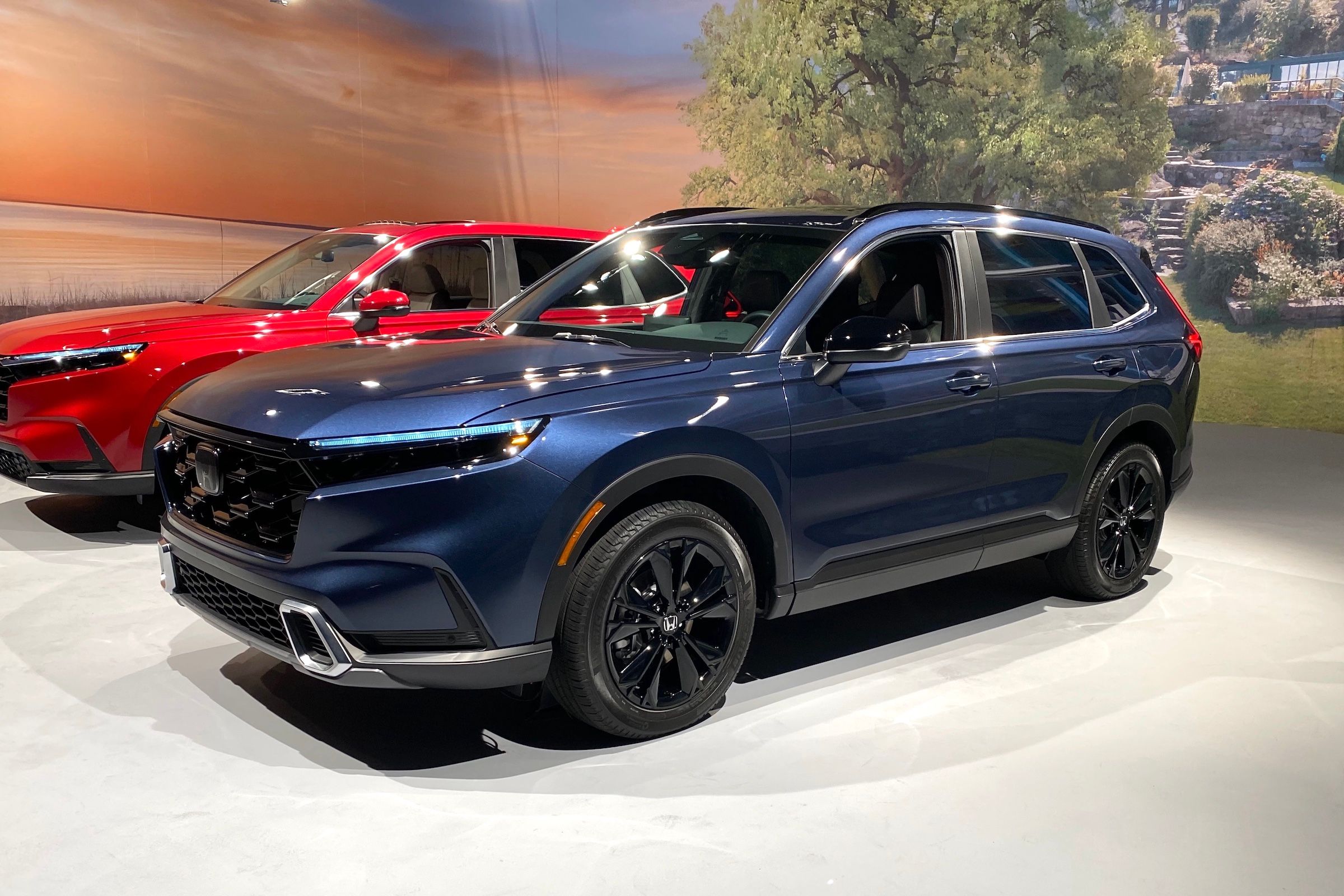
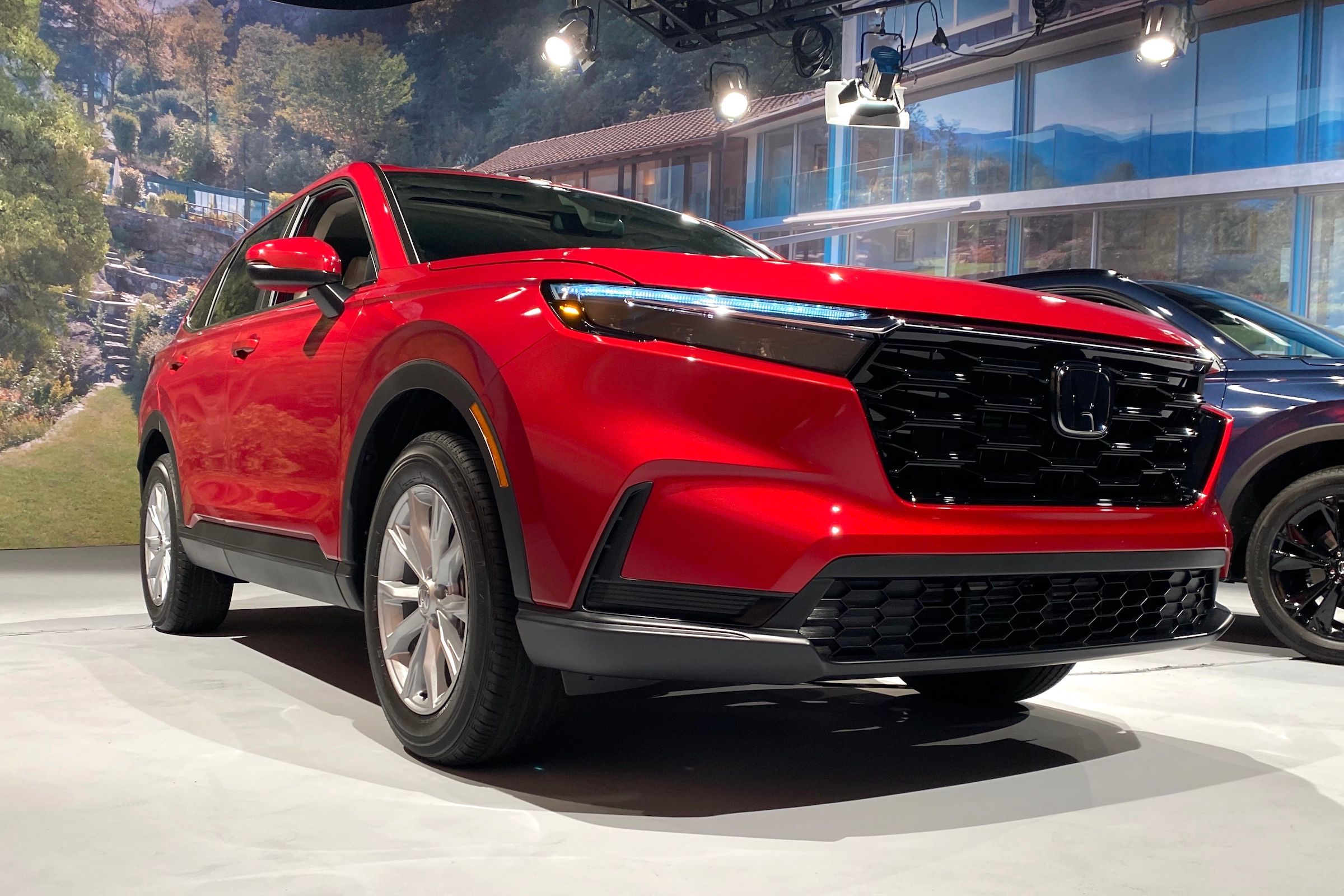
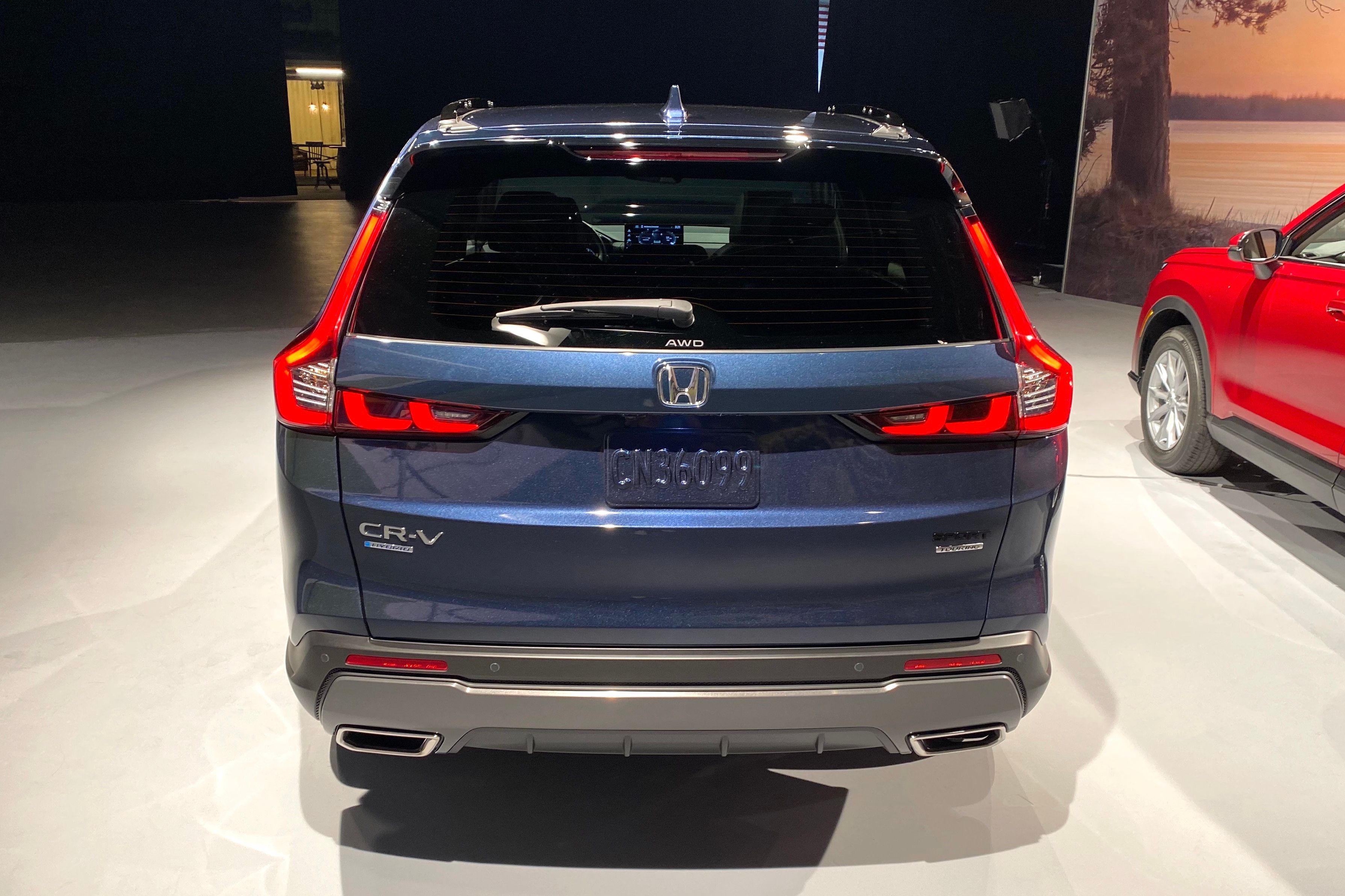
The 1.5-liter engine powering the EX/EX-L models gets a more efficient turbocharger and improved headers, promising a broader spread of torque across the rev range. Peak horsepower is still 160, but the 179 pound-feet of torque comes sooner for a more responsive feel. Honda also claims to have significantly reduced engine noise. The lightweight continuously variable automatic transmission (CVT) has also received some tweaks, which include Step-Shift programming to mimic the gear shifts of traditional automatic transmissions. Under the hood of the CR-V Sport models, a newly developed 2.0-liter hybrid uses DFI in conjunction with an Atkinson cycle engine, where the power stroke is slightly longer than the compression stroke, which compromises low-end output in favor of efficiency. Two electric motors mated to the inline-four more than makes up for any lost grunt, and the combined peak horsepower is slightly higher at 204, while the maximum torque rises to 247 pound-feet; enough to tow 1000-pounds.
Rugged, Sporty Styling
The completely restyled 2023 CR-V takes its design cues from the recently updated Ridgeline pick-up and Passport TrailSport. Framing the extensive, upright grille is a wide sub-grille and front splitter that combine with sleek LED headlights to create an imposing countenance. Now slightly longer and wider with an extended hood, the latest CR-V takes on a new persona with its brawny stance. The new dimensions also enabled Honda to mount the engine further back in the compartment, extending crumple zones and improving balance, and to relocate the A-pillars further aft and slightly wider apart, helping to improve the driver’s field of vision. The Sport trim models benefit from additional design enhancements that give them more of a rugged, off-road appeal. At the rear, integrated hexagonal exhaust ports would be at home on any luxury SUV, and only the distinctive L-shaped tail lights remain to ensure that it is still recognizable as a CR-V.
Improved Handling And Intelligent AWD
Honda has made the subframe stiffer, which works with an improved suspension setup to enhance ride quality. The relocated variable-ratio power steering promises enhanced feedback, and stiffer multi-link suspension at the rear should offer sportier handling and composed cornering. An option across the lineup and standard on the top-of-the-range Sport Touring model is an updated version of Honda’s intelligent, Real Time AWD, which actively monitors traction at the wheels, managing the distribution of power to optimize grip regardless of road conditions. Further enhancing the CR-V’s off-road credibility are driving modes that now include Snow and Hill Descent Control, taking the anxiety out of treacherous conditions and descents. The Sport trim models also include a Sport driving mode.
Sophisticated And Spacious Interiors
The wood veneer is out (upsetting nobody). Also gone is the unsightly '80s-style gear shifter. The CR-V’s new dash is more sophisticated and thoughtfully laid out. Although, some of the touchpoints looked a tad fragile. A metal honeycomb mesh finished in black gloss spans the dash, concealing the air vents for a clean, contemporary look. The EX and Sport models get a new seven-inch color touchscreen infotainment system. Its central storage area in front of the shifter is wide enough to accommodate two smartphones side-by-side and includes backlit USB, A and C ports. The EX-L and Sport Touring get a nine-inch touchscreen, compatible with wireless Apple CarPlay and Android Auto, and a Qi-compatible wireless smartphone charging pad. In both cases, the displays come fitted higher in the dash and use a simplified menu structure to reduce driver distraction. The Sport Touring is the recipient of a 12-speaker Bose audio system featuring SurroundStage digital signal processing.
Why don’t all cars have reclining rear seats? Sitting in the back of the new CR-V Sport Touring is a surprisingly comfortable experience. The new model isn’t that much bigger but to call it a compact when you’re sitting in the rear seats seems disingenuous. It almost feels like business class. Even for tall people, there is plenty of room, and on long journeys, the eight-stage reclining rear seats will make for a welcome addition. Rear-seat passengers in the Sport models also get two USB (A and C) charging ports. Despite the roomy second row, Honda has managed to increase the CR-V’s trunk space to 36.3 cubic-feet, and the EX and EX-L feature a recessed trunk floor, adding another three when needed. With the 60/40-split rear seatbacks folded flat, the total cargo space expands to 76.5 cubic-feet. EX and Sport models feature gray or black cloth upholstery and black dash trim. The EX-L and Sport Touring include gray or black leather seating. Exclusive to the Sport and Sport Touring are a black headliner and attractive, orange contrast stitching.
A Full Suite Of Driver Aids And Safety Features
A new wide-angle (90-degree) camera and (120-degree) forward-facing radar improve the collision prevention system’s ability to detect hazards and automatically apply the brakes. Blind-spot detection is now standard and joined by Traffic Jam Assist (TJA), Low-Speed Braking Control, and Traffic Sign Recognition (TSR) systems. Honda has refined its adaptive cruise control system, adding Low-Speed Follow and Lane Keeping Assist (LKAS); a new Driver Attention Monitor lights up on the dash when it senses the driver is becoming inattentive. A new driver and passenger airbag design use a donut-shaped structure to minimize the potential for severe head trauma resulting from angled frontal collisions. Rear-passenger side impact airbags now come standard.
We look forward to driving the 2023 CR-V and discovering how it performs in practice. Still, on paper and in person, Honda’s ‘compact’ SUV has taken a big leap forward, and so it must. It's a jungle out there in SUV world, and the new model’s success will also depend on pricing and, to a growing extent, its fuel efficiency–details Honda is yet to share. Nevertheless, aesthetically, the new CR-V throws serious shade, both on its predecessor and many of its competitors. It promises to be more fun to drive (especially the Sport models), more capable on- or off-road, more practical for hauling stuff around, and safer too.

